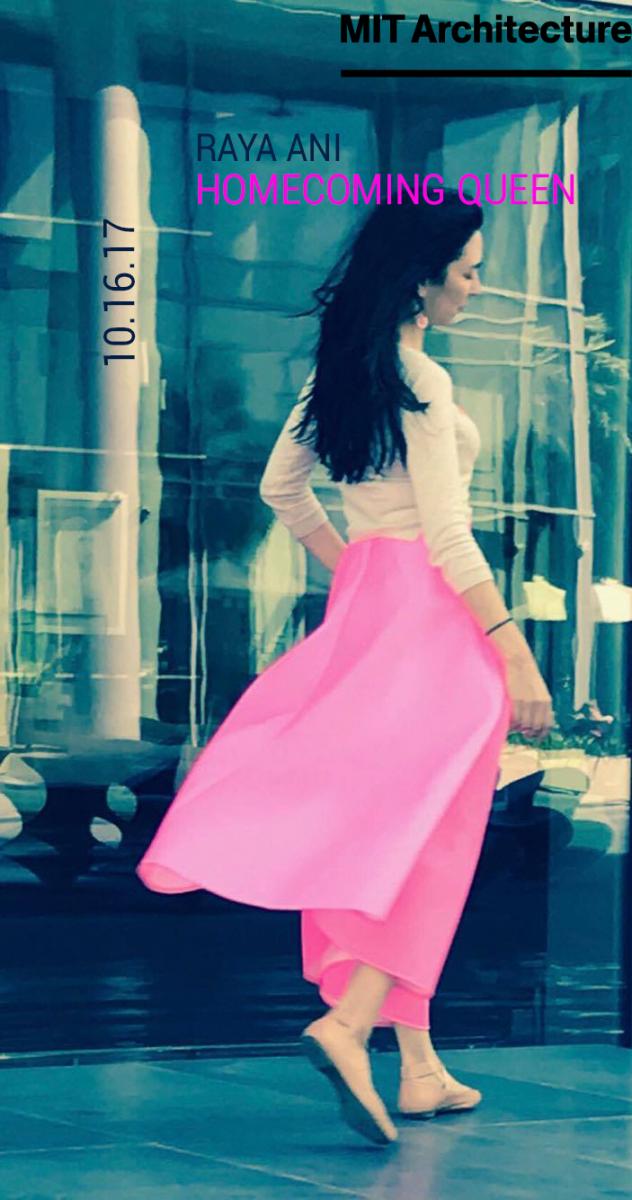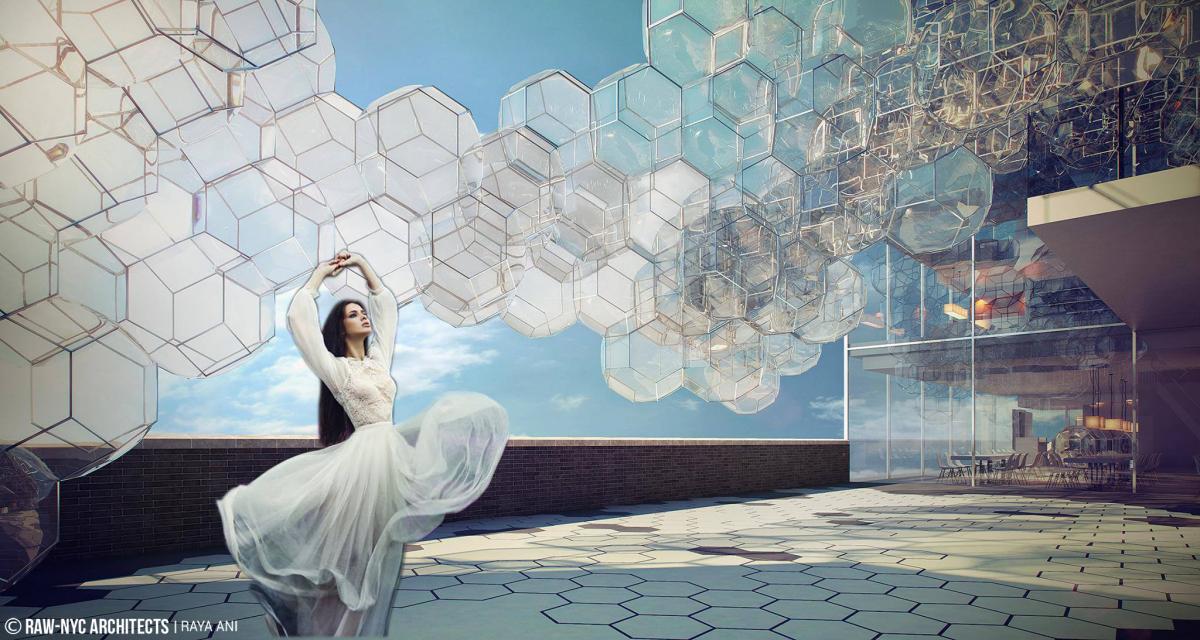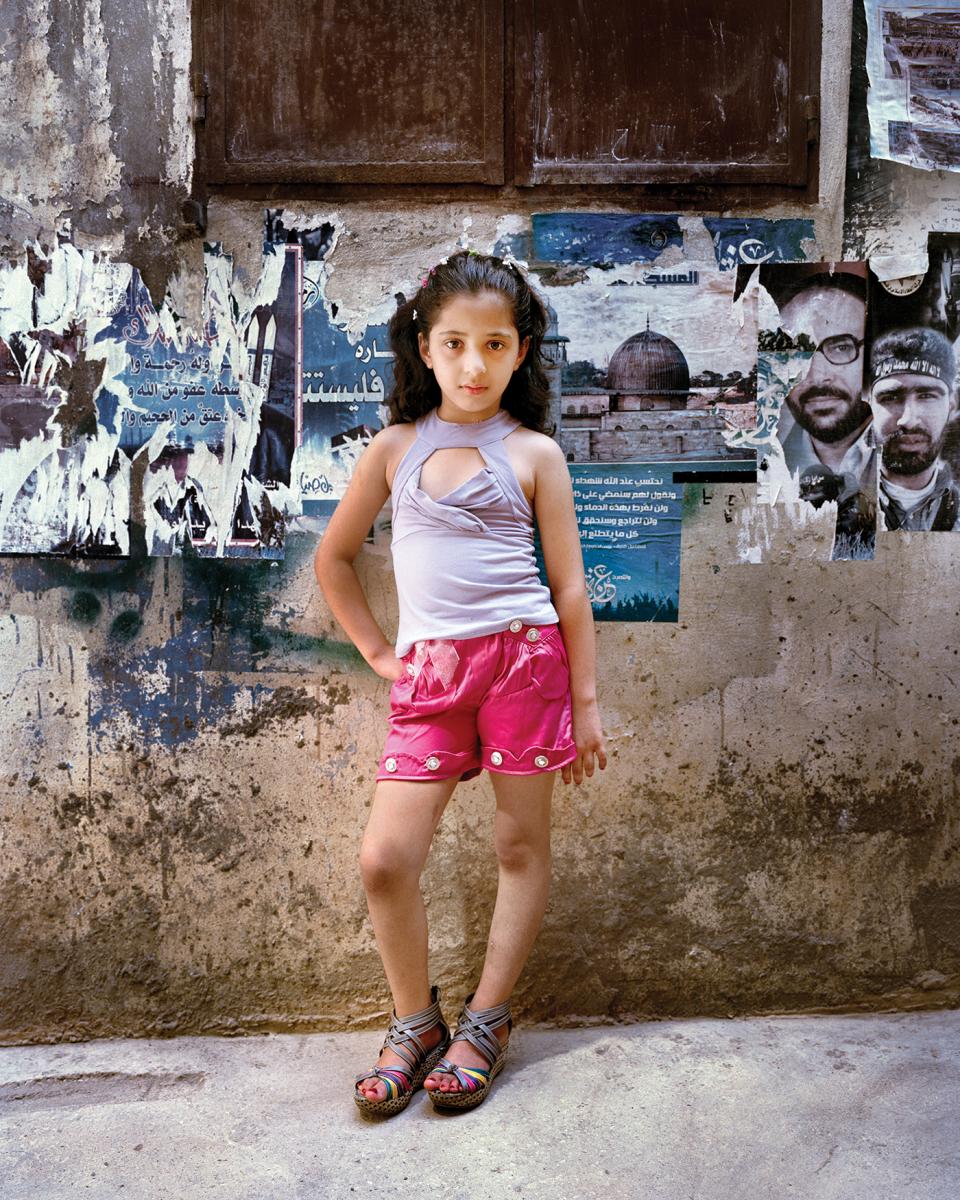|
Exhibiting Islamic Art: From Doha to Dallas
Sabiha Al Khemir
Scholar and Curator
Bio
Dr. Sabiha Al Khemir was born and brought up in Tunisia and obtained her Ph.D from London University. She is a renowned expert in Islamic art, a novelist, and artist, whose work is concerned with cultural bridging. She was the Founding Director of the Museum of Islamic Art in Doha, Qatar. In 2012, she was appointed the first Senior Advisor for Islamic Art at the Dallas Museum of Art (DMA), supporting the museum in building partnerships with art institutions around the globe. She is Distinguished Professor of Islamic art at the O’Donnell Institute, University of Texas, Dallas. She has developed numerous exhibitions of Islamic art and authored their publications, including From Córdoba to Samarkand at the Louvre Museum, Paris (2006), Beauty and Belief, Brigham Young University Museum, Utah, USA (2012), Nur: Light in Art and Science from the Islamic World which premiered in Seville, Spain (2013) and was presented at the DMA (2014), Spirit and Matter (2015) at the DMA, Fables Across Time: Kalila and Dimna at the National Museum, Bahrain (2015), the Children’s Museum of Indianapolis (2016), and the American Folk Art Museum, New York (2017). She was instrumental in bringing the Keir collection on a long term loan to the DMA, where she has curated a new gallery dedicated to Islamic art (opened 2017).
Her illustration work includes Le nuage amoureux, The Island of Animals, Fables Across
Time: Kalila and Dimna (bilingual: Arabic and English). Her fiction work includes
The Blue Manuscript, and The Absent Mirror.
She is president of the SAK Foundation, a non profit organization, which focusses on cross cultural creative projects. She lives in New York City.
|
 Jug fragment (filter) Earthenware Egypt, Fatimid, 11th century Jug fragment (filter) Earthenware Egypt, Fatimid, 11th century
|
|
Abstract
Sabiha will speak about her unusual and wondrous journey with Islamic art which has connected far away times and places in her life. As a Tunisian who discovered and studied Islamic art in London, Sabiha came to learn more about her own culture from outside it. Feeling at home in both East and West, she celebrates the commonalties as well as the differences between cultures. Islamic art’s particularities and idiosyncrasies have much to offer in fostering understanding and bridging cultural gaps. In our current geo-political reality (and especially for more than a decade) the pressing need for cultural bridging has been in great part, behind her driving force to communicate what touches her most in what has come to be known as “Islamic art”. She will speak about her various exhibition projects with their complexities, and the nature of sharing Islamic art especially in Western contexts. She will discuss her approach as reflected in the creation of concepts, the story telling of curating, the organization of space, the objectivity and subjectivity of object choice, as well as the nature of Islamic art audiences. Explaining what singles out each exhibition project and how particular contexts play a role in shaping a message, she will highlight works of art to discuss what objects can tell us about both the idiosyncrasy and universality of aesthetics. Through specific examples of Islamic art, she will illustrate the unveiling of beauty, the key to accessing a bigger picture, a different way of seeing the world that is particular to Islamic culture, itself a mixture of many cultures. In her work Sabiha weaves the personal with the professional, using her own experience of growing up in Islamic culture to create an experience of the essence of Islamic aesthetic.
|
 |
Homecoming Queen
Raya Ani
Founder & Design Director, RAW-NYC Architects
Bio
Raya is an award winning Architect and urban designer with 25 years of professional experience having worked in Baghdad, Germany, Boston, New York and Dubai.
In 2015,2016 and 2017, she was named one of the Top most powerful Architects in the Middle East.
She received her BSC in Architectural Engineering from Baghdad University with distinctions, and an MS in Architectural studies from MIT where she was awarded the Harvard / MIT Aga Khan Scholarship. Raya is the 2017 President of the American Institute of Architects-Middle East; she is a licensed Architect in the State of New York and a US Green Building Council Accredited Professional.
Raya has designed the first public green school in New York City and two green- certified (LEED) residential towers in Battery Park City. In 2011, she was nominated for the Middle-East Architect of the year Award and her work was highly commended by the jury. In 2012, she founded RAW-NYC Architects, an interdisciplinary architectural studio based in New York City and Dubai.
In 2013, she received AIA-ME honor award for her visionary work on the marshes of southern Iraq as well as a merit award for her design of Aspire sports complex in Qatar. In 2014, Her Aspire Sports complex project received the Leisure Project of the Year Award by Middle East Architect. In 2015, one of RAW-NYC Architects’ commercial projects was named “Most innovative Commercial structure” in Build Magazine’s 2015 Architecture Awards.
She has taught urban and architectural design studios and served as a guest critic at a number of leading architectural schools in New York and Boston. She is a regular guest speaker at many international architectural conferences including Harvard Arab conference where she moderated a panel on the future of the Arab city. She has been an active participant in workshops to help design schools and build communities.
Her research focuses on future living, future cities, economic and social sustainability and the intersection between technology, innovation and sustainability.

|
|
Womanhood: From Personal to Universal
Photographs by Rania Matar
Rania Matar
Photographer, Massachusetts College of Art & Design
Bio
Rania Matar was born and raised in Lebanon and moved to the U.S. in 1984. Originally trained as an architect at the American University of Beirut and at Cornell University, she studied photography at the New England School of Photography and the Maine Photographic Workshops. Matar started teaching photography in 2009 and offered summer photography workshops to teenage girls in Lebanon’s refugee camps with the assistance of non-governmental organizations. She now teaches ‘Personal Documentary Photography’ and ‘Portrait and Identity’ classes at the Massachusetts College of Art and Design and regularly offers talks, class visits and lectures at museums, galleries, schools and colleges in the U.S. and abroad. In the spring and fall of 2017, she was the artist-in-residence at The Gund Gallery at Kenyon College.
Her work has won several awards, has been featured in numerous publications, and exhibited widely in the U.S. and internationally. Her images are in the permanent collections of several museums and private collections worldwide.
A mid-career retrospective of Matar’s work will be exhibited at the Amon Carter Museum of American Art, in a solo exhibition titled In Her Image, December 2017 – June, 2018.
She has published three books:
L’Enfant-Femme, 2016; A Girl and Her Room, 2012; Ordinary Lives, 2009.
Abstract
As a Lebanese-born American woman and mother, Matar has dedicated her artistic practice to exploring both sides of her cultural background, cross-cultural experience, and personal narrative, in addressing issues of personal and collective identity, through photographing girls and women both in the United States where she lives and in the Middle East where she is from. Focusing on both cultures is especially important to her in the current political climate we live in, where the ‘them vs. us’ rhetoric is so prevalent.
Throughout her work, and by making intimate portraits of girls and women, she seeks to focus on our essence, our physicality and on the commonalities that make us human, to emphasize underlying similarities rather than apparent differences. In addition she will talk about her experiences living through wars and her immediate interaction with Syrian and Palestinian refugees in Lebanon. While her photographs may not provide answers or solutions, they can act as moments of contemplation in finding beauty in our shared humanity.
|
 |



